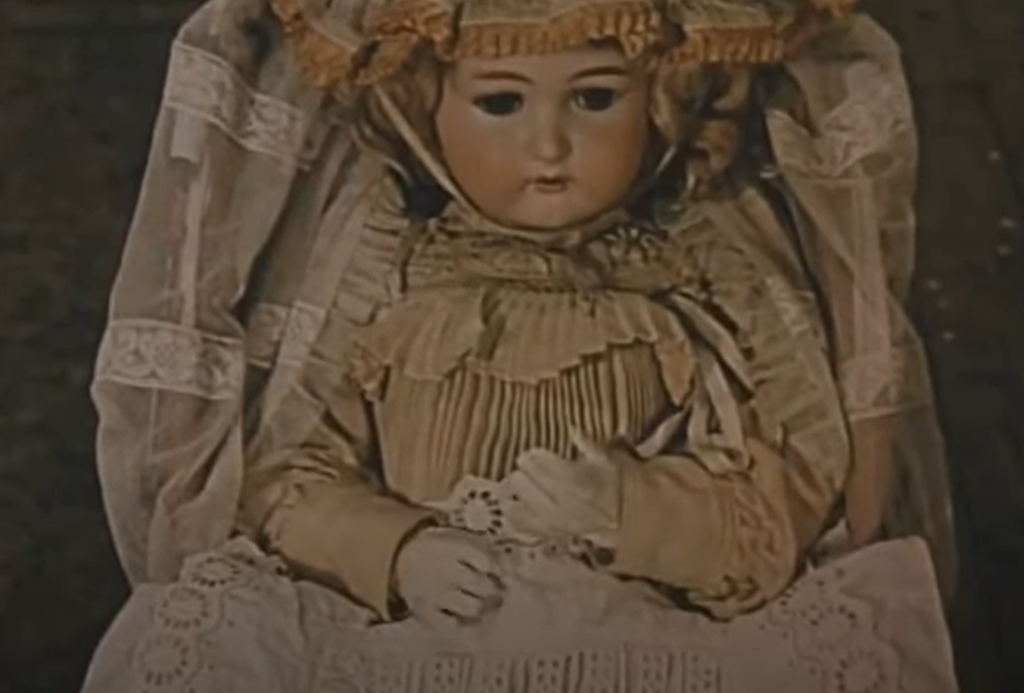Zdeněk Liška (16 March 1922 – 13 August 1983) was a Czech composer who produced a large number of film scores across a prolific career that started in the 1950s. He was revelatory in his contribution to the development of electronic music. His music in this field is noticeable and dramatic, based on a unique musical feeling achieved through using quite unusual instrumental combinations and various electronic and electroacoustic techniques.
From Wikipedia, the free encyclopedia
Zdeněk Liška has worked very much with Jan Svankmajer in the past, and Jabberwocky’s soundtrack is also by him.
Regarding the role of Liška’s soundtrack in his animation, Švankmajer
The Fantastic Mr. Fox by a biographical essay by David Herter
comments:
In the films I made with Liška there wasn’t much action as such. It was he who
put all the main action into music. Rhythm was always very important for me,
and he found rhythms in them I had no idea were there. It was fascinating. He’d
pick out a whole lot of subtler rhythms I was quite unaware of. ‘Unconscious
rhythms’ he called them.
Jabberwocky’s pre-monologue comes from Lewis Carroll’s nonsense poem, which is read by a young child’s voice and also reveals the theme of the story, a tale related to childhood.
And after the monologue ends, a female chant begins to sound, and the image is an animation of a doll growing up similarly from childhood to adulthood, an animation that seems to suggest the end of the innocent part of childhood, with growth becoming the main theme.

The animation is filled with images that allude to subversion and disruption of habitual forms through the use of the grotesque. These images are purposefully linked to a soundtrack that, through the use of timbers and dissonances, sounds both delightful and sinister.
Sound and image, paradoxically, resignify reality as pieces of a puzzle yet to be assembled.
Zdeněk Liška’s excellence lies in the fact that he enhances the grotesque atmosphere of the images and depicts an elegant, yet eerie mood through the musical notes, a mood that works in tandem with the images in Jabberwocky, which depicts the discipline of growing up and being educated as a kind of moralistic cruelty.